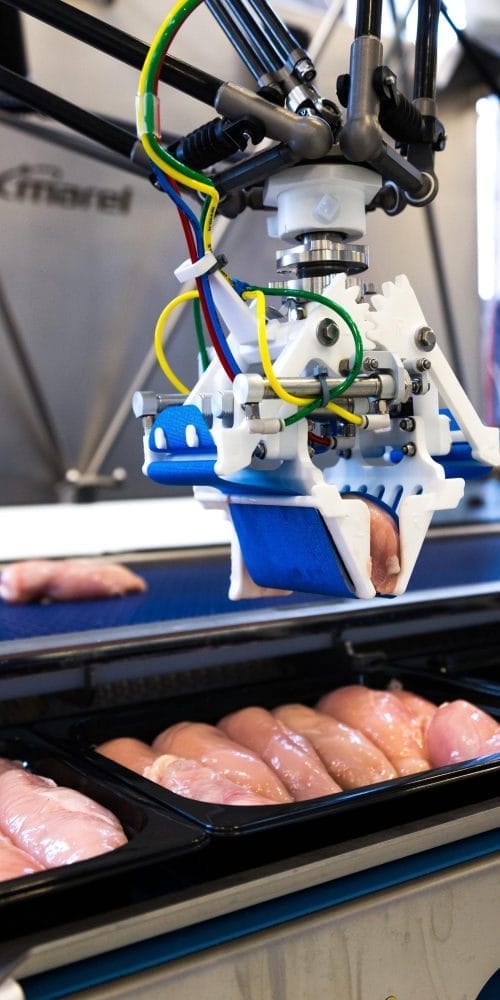Door nauwe samenwerking met onze klanten, strategische partnerships met toonaangevende techplatformen en de innovatieve oplossingen die we ontwikkelen, overbruggen we de kloof tussen businessbehoeften en IT. Dit stelt IT in staat om snel en effectief in te spelen op de ambities van de business. Ontdek in de volgende klantcases hoe onze aanpak in de praktijk tot succes leidt.
Cases
Gemeente Den Haag
De kwijtscheldingscheck
Hoe de Gemeente Den Haag, met een slimme tool, laagdrempelig en direct inzicht geeft in het recht op kwijtschelding.
Bekijk case
Vitalis
Werkschema verstoringen
Efficiëntie in de Zorg: Hoe Vitalis RPA & AI inzet om personeelsuitdagingen te overwinnen
Bekijk case
Meer weten? Mail ons!

HeadFirst Group
AI-gestuurd vacaturebeheer
Het ontwikkelen van een digitale medewerker die het gehele proces van het plaatsen van vacatures automatiseert.
Bekijk case
Marel
Geautomatiseerde facturen met RPA
Automatiseer repetitieve taken in de factuurverwerkingsworkflow op basis van regels
Bekijk case
Mental Care Group
Optimalisatie zorg
Ciphix ondersteunt Mental Care Group bij het toegankelijker, efficiënter en toekomstgericht maken van de zorg
Bekijk case
Vattenfall
RPA voor betere efficiëntie
Vattenfall gebruikt RPA voor operationele efficiëntie en ondersteunt de missie van fossielvrije levensstijl
Bekijk case
Volg ons op LinkedIn!

Carglass België
Verbeterd prijsproces
Loskoppelen pricing systeem in Avola Rule Engine verhoogt nauwkeurigheid en flexibiliteit
Bekijk case
Royal IHC
De klant aan boord krijgen
Ciphix drijvende kracht achter strategisch digitaliseringsprogramma bij Royal IHC voor meer efficiëntie en innovatie
Bekijk case
Sitech Services
Efficiënte fabrieksinspectie
Applicatie versnelt werkprocessen en biedt real-time inzicht in de status van inspecties en voortgang
Bekijk case
Mourik
Stroomlijnen processen
Digitaliseringstraject helpt inzicht in data vergroten en administratieve druk te verlagen
Bekijk case
Daag ons uit!
Vervang verouderde systemen, automatiseer en digitaliseer bedrijfsprocessen, en versnel innovatie met slimme technologieën. Wij bieden de expertise en ondersteuning om jouw bedrijf toekomstbestendig te maken.
